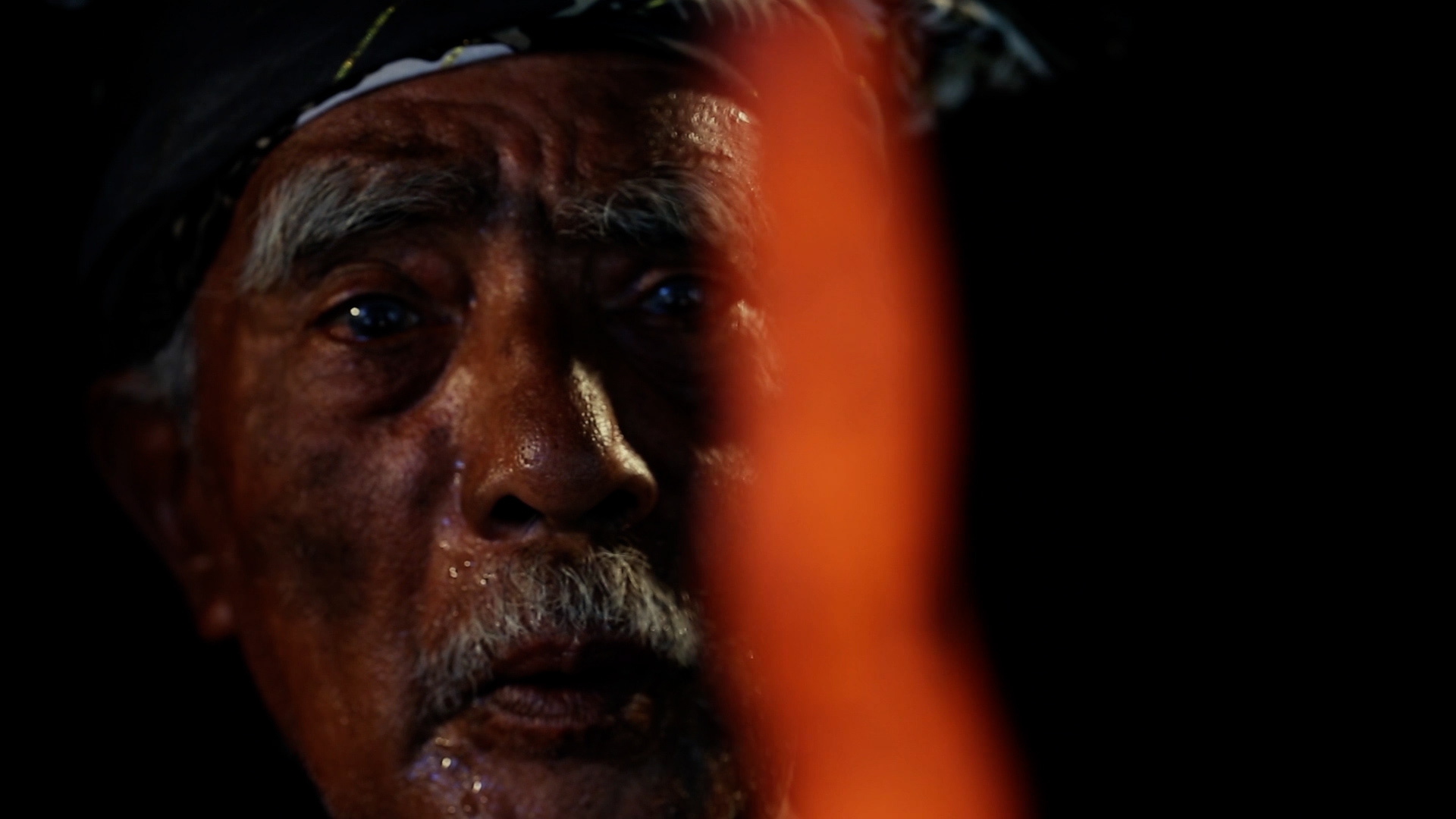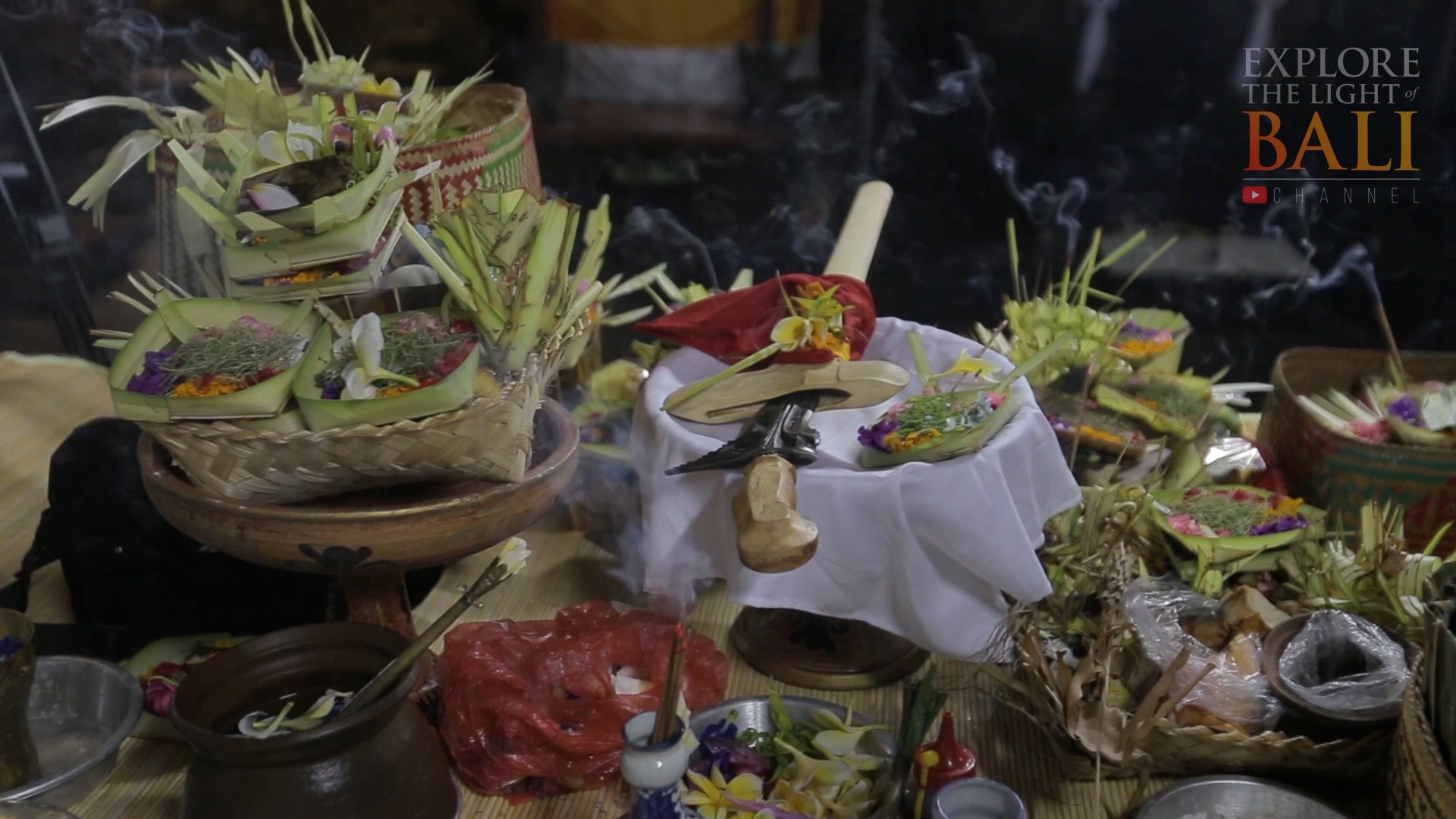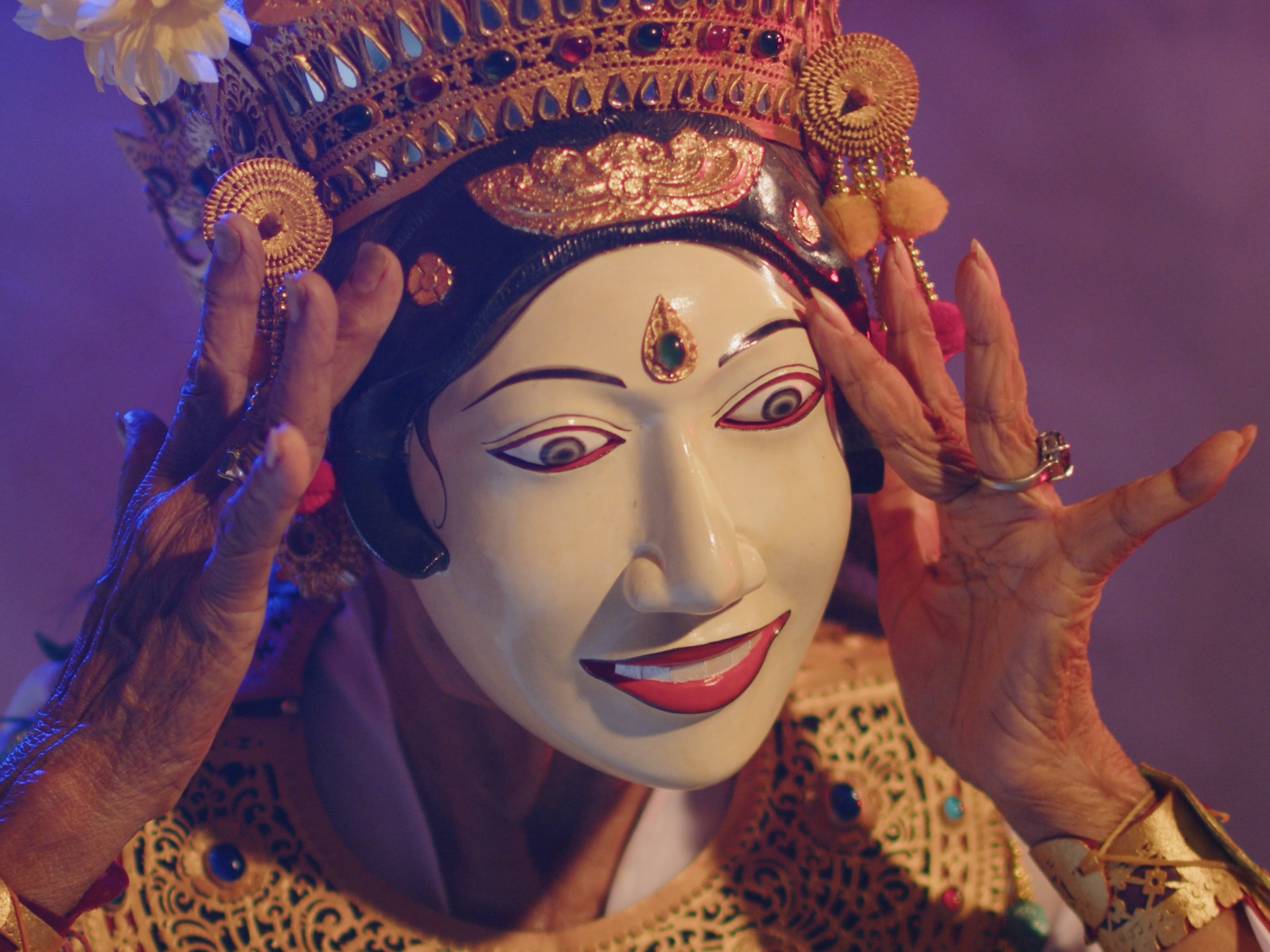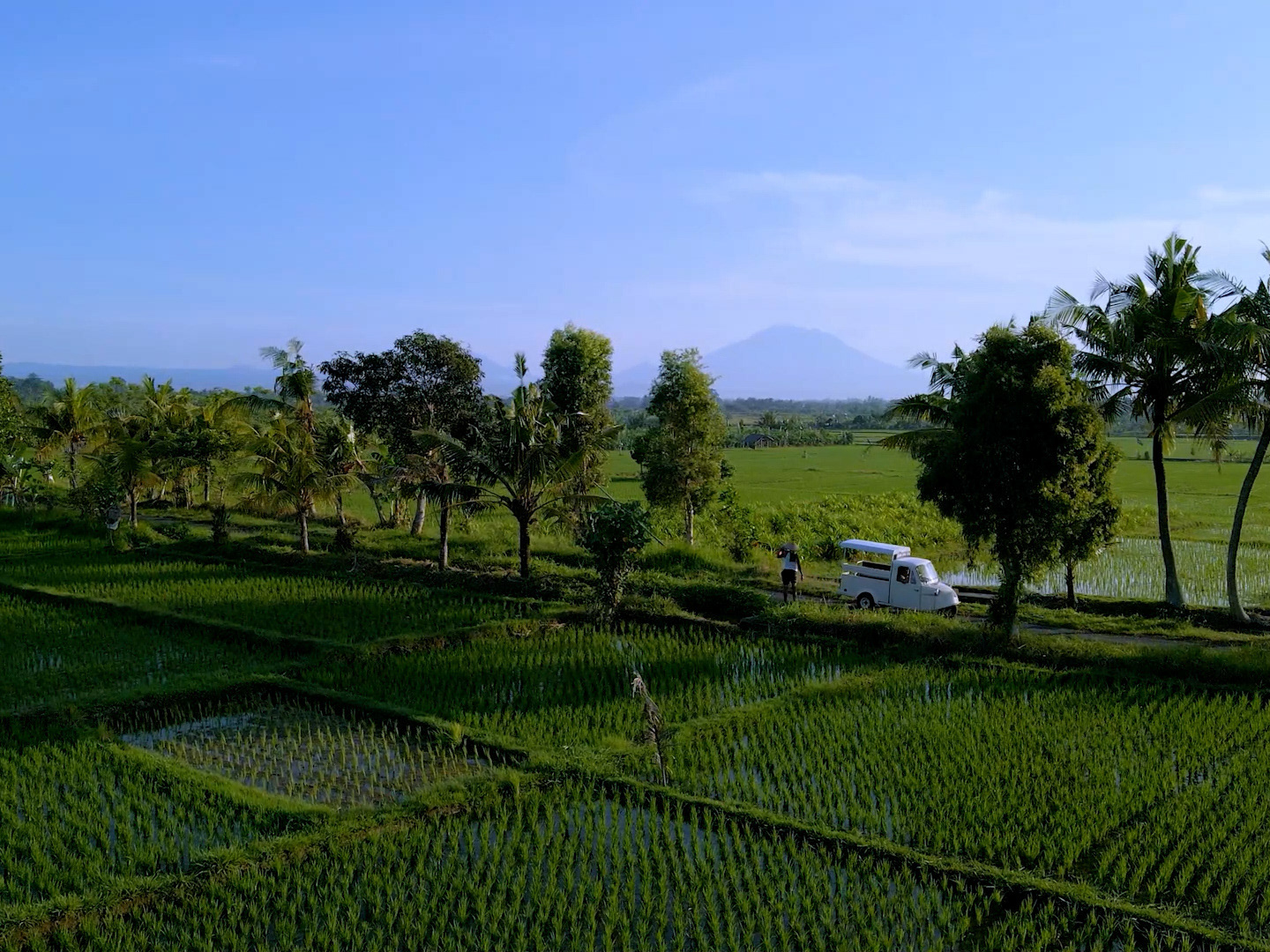In general, PAJENENGAN - THE BIRTH OF A BALINESE KERIS portrayed the prominence of a keris for Balinese in the perspective of culture and tradition. We documented the struggle of a Balinese man in his quest to have a keris. Wayan Ardana often experienced difficulties in his life for years, until finally in the midst of his despair, he asked his ancestors through the media of priests what actually happened to his life.
He was told that to be free from the problems, he must do this service or ‘ngayah’ as a priest (Ngurah Sambangan) and to be able to do this service, he must own a keris. In his confusion, Wayan Ardana could not do much. Let alone to have a Balinese keris which price must be very expensive, even to provide food on the table for his family was very difficult for him. He let this problem last for years and his life became even more difficult.
Finally Wayan Ardana decided to follow what his ancestors told him to do, he tried to borrow money here and there to order a keris from a black smith at Blahbatuh Village, Gianyar. After going through several stages and a relatively long time the keris finally completed. Several rituals were carried out to bless the kris so it was ready and suitable to be used for 'Ngayah'. And Wayan Ardana's life has gradually improved, so it could be concluded that the meaning of a keris for the Balinese people was not only as a cultural identity but also as a faith in life.



PAJENENGAN - THE BIRTH OF A BALINESE KERIS (Part 2) showed the process of picking up a finished keris completed with the ritual performed by The Keris maker, and Pasupati ceremony held in the temple which aimed to purify the kris to be used for ngayah or service at the temples. Confirmed by the trance of the priests who attended there, it indicated that gods have blessed the kris and now it could be engaged in many sacred ceremonies and activities at the temples.
















